Letter-sound association Normal Letter Recognition Worksheets for Ages 4-6
5 filtered results
-
From - To
Our "Letter-Sound Association Normal Letter Recognition Worksheets for Ages 4-6" are designed to give young learners the foundational skills they need for successful reading. These engaging worksheets help children recognize letters and connect them with their corresponding sounds. Focusing on early phonics, the exercises utilize vibrant illustrations and playful activities to make learning fun and interactive. Ideal for preschool, kindergarten, and early elementary students, these worksheets foster a positive educational environment that enhances literacy. Strengthen your child's letter-sound associations and boost their confidence with these expertly crafted educational resources from Kids Academy.
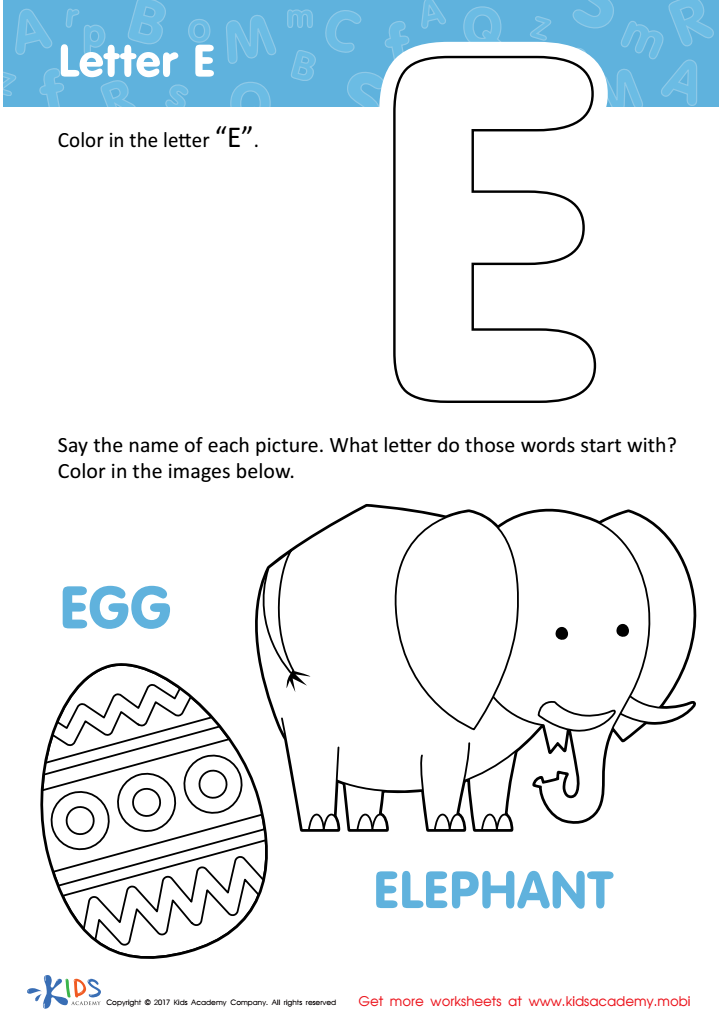

Letter E Coloring Sheet
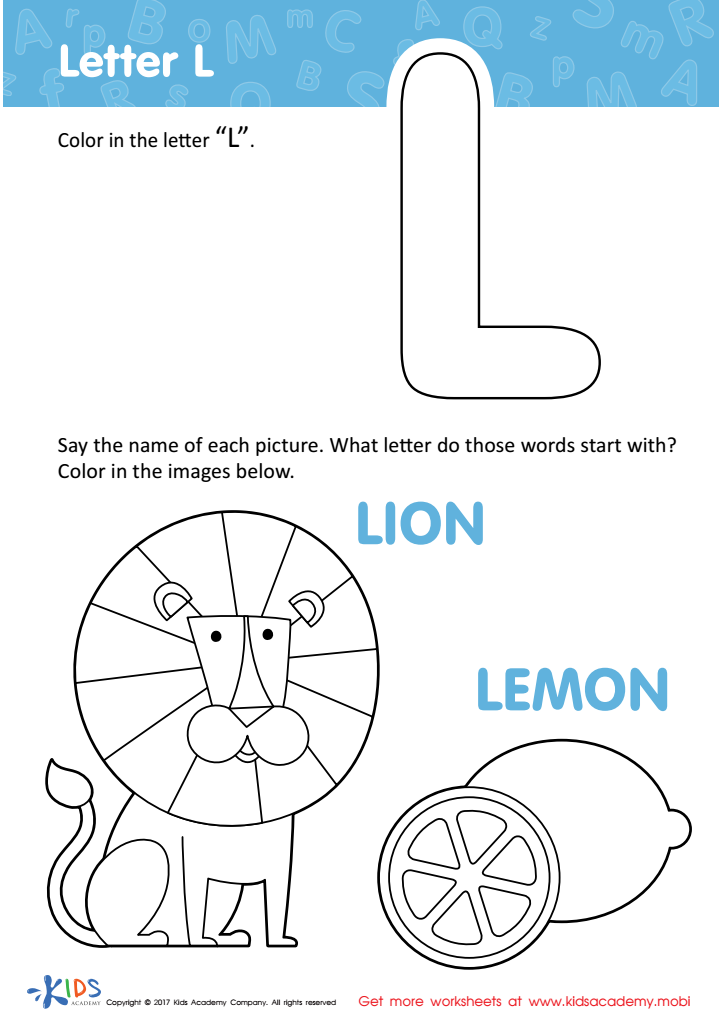

Letter L Coloring Sheet
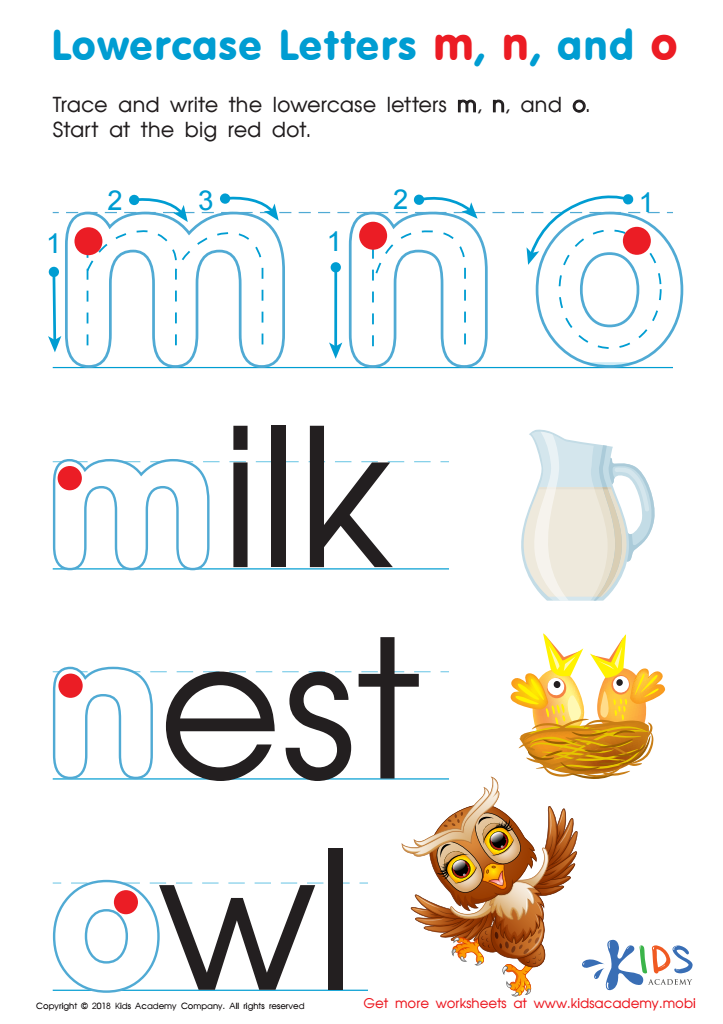

Lowercase Letters m n o Worksheet
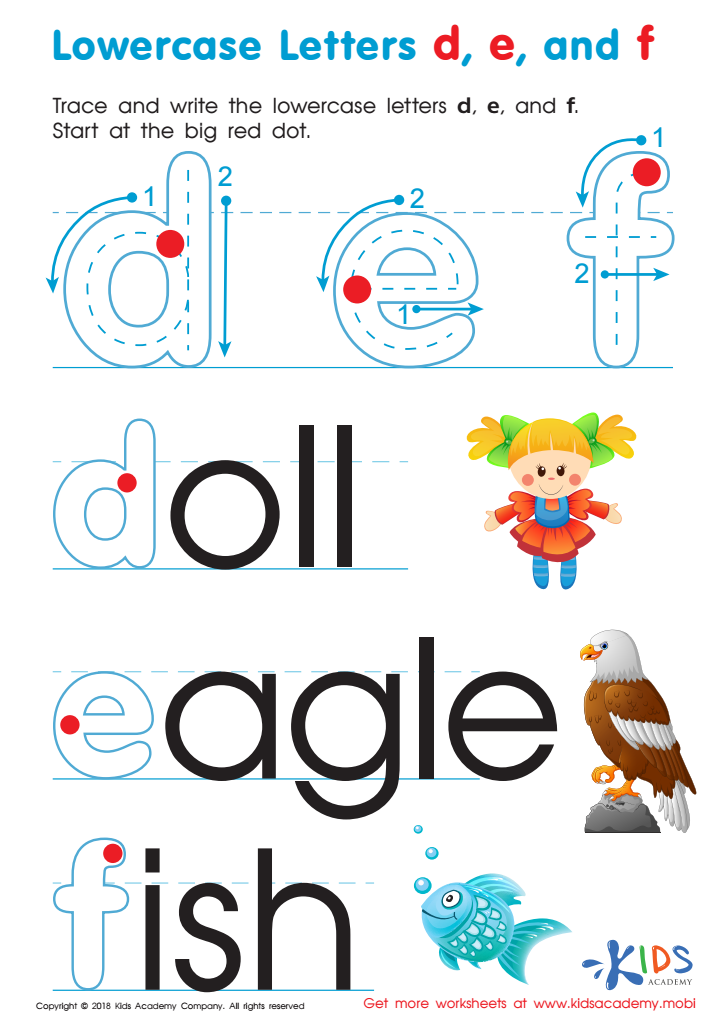

Lowercase Letters d e f Worksheet
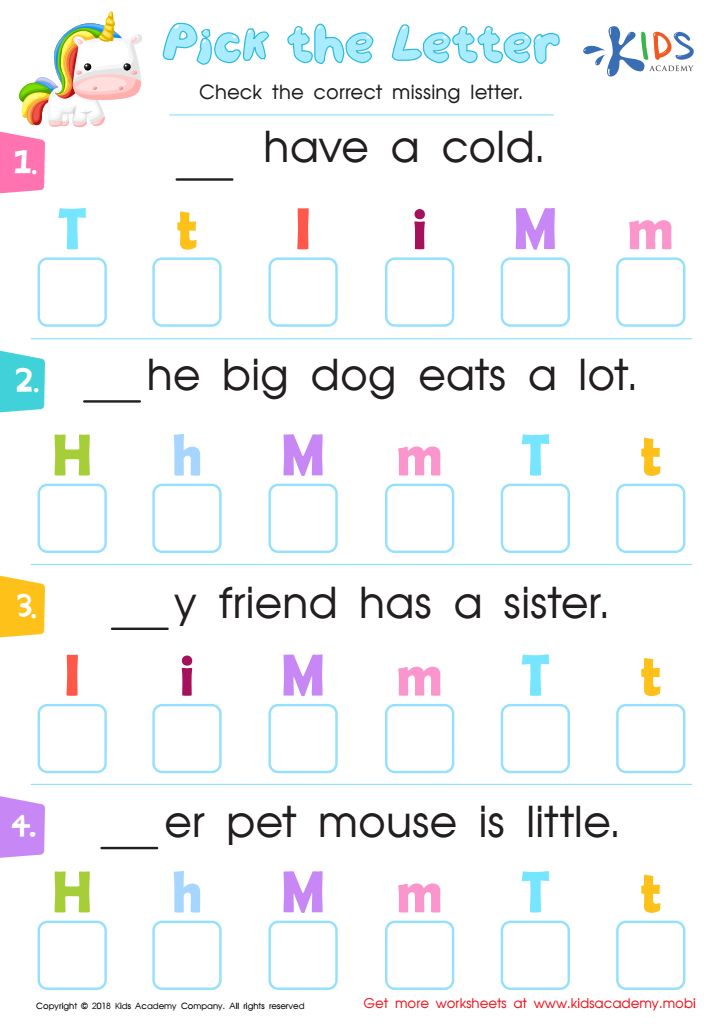

Pick the Letter Worksheet
Letter-sound association and normal letter recognition are foundational skills in early literacy. Parents, caregivers, and teachers should prioritize these because they significantly impact a child's ability to read and write. At ages 4-6, children's brains are highly receptive to learning these basic skills, which are building blocks for more complex language abilities.
Letter-sound association means that a child can connect each letter to its corresponding sound. This understanding is crucial for phonemic awareness, which enables children to decode new words while reading. If children can’t grasp this concept, they are likely to struggle with reading because they won't be able to sound out words successfully.
Normal letter recognition, the ability to identify and name letters, is equally important. It is the first step towards reading fluency. Recognizing letters quickly helps children to read more smoothly and focus on comprehending text rather than struggling to decode each word.
Both skills are predictive indicators of future reading success. Early mastery can lead to positive experiences with reading, fostering a love of literacy and setting a child up for academic success. Conversely, delays in these skills can lead to reading difficulties, affecting a child’s confidence and performance in school. Thus, early intervention and support from parents and teachers are vital.
 Assign to My Students
Assign to My Students
















